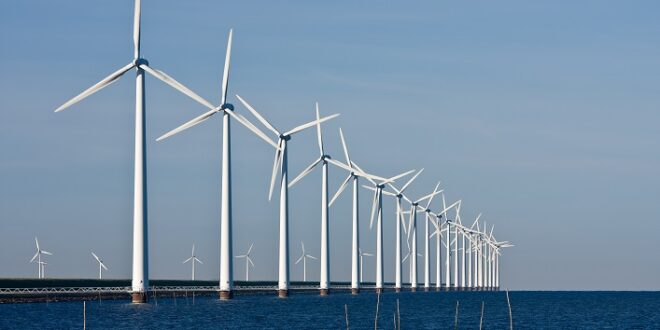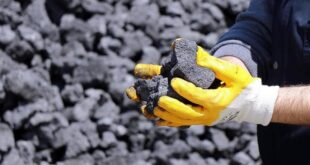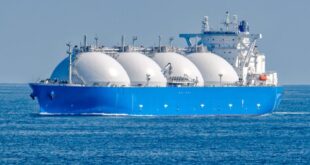China accounted for 65% of new wind capacity last year, which placed four Chinese original equipment manufacturers in the top five spots in the global ranking, a new report by Wood Mackenzie showed on Wednesday, highlighting the Chinese dominance in clean energy technologies.
China’s Goldwind installed a record 16.3 gigawatts (GW) of wind power capacity in 2023, keeping its top spot from 2022, followed by Envision of China, Vestas of Denmark, and Chinese manufacturers Windey and MingYang, according to WoodMac’s analysis.
Vestas, which connected 11.5 GW of wind power globally in 2023, is the only Western original equipment manufacturer (OEM) in the top five.
The global wind turbine market remained consolidated last year, with 54% of the wind markets held by the top five OEMs, Wood Mackenzie noted.
Outside of China, Vestas was the market leader for the sixth consecutive year, with more than 10 GW installed, while Siemens Gamesa beat General Electric (GE) to the second spot.
Record levels of wind power installations in 2023 were driven by the Chinese boom, according to WoodMac.
“China’s first batch of massive renewable bases have a 2024 deadline on the horizon which has accelerated installations to an unprecedented pace of 74.7 GW,” said Endri Lico, Principal Analyst at Wood Mackenzie.
“This combined with a mature supply chain and ambitious provincial targets are pushing wind deployment to an unprecedented level in China.”
While Chinese wind turbine manufacturers thrived, Western OEMs were weighed down by the stalled growth in Europe and the Americas amid high interest rates, soaring costs, and quality issues.
“Companies across Europe and the Americas suffered financial losses in a stalling wind market that plateaued at 40 GW capacity installed, a 3% drop YoY, which is the lowest year since the COVID-19 pandemic,” WoodMac said.
The U.S. and the EU have been looking to boost their respective domestic clean energy technology manufacturing with various policies and incentives, to reduce supply chain dependence on China.

 Iran Energy News Oil, Gas, Petrochemical and Energy Field Specialized Channel
Iran Energy News Oil, Gas, Petrochemical and Energy Field Specialized Channel



